Shippan Pointe. Stamford Connecticut. 1984.
The Cove Below Fire Road, Angel Island. San Francisco California. 2012
For those who don't know the story of how I came to this point in my life, I would like to explain my journey. My name is James EdWard Kennedy Jr. and I am a multi-disciplinary fine-arts/film student currently living in Chapel Hill NC. I have spent the last four summers visiting Valencia, and San Francisco CA, attending enrichment programs that have helped my career choice of working as an artist in the animation industry. When I decided to return to school in the summer of 2009, after fourteen years of working in various retail position, I had to take a hard look at the direction in which I wanted to take my career and put it in realistic terms. I talked things out with my wife and with her support we began working on a five-year plan to seek out avenues that would allow for my dreams to find voice and emerge.
As long as I can remember I wanted to be an artist. Like most children I enjoyed the fact that cartoons were on every day, before school, after school, and especially on Saturday. My first memory of wanting to work in the industry was after a screening of Sleeping Beauty at the Ferguson Library downtown, that winter in Stamford, Connecticut. I had seen all the standard Disney classics from the 1940s to the 1970s up to that point, including my favorite 101 Dalmatians, yet there was something magical about the climatic look of Eyvind Earle'sdesigns and its importance that felt and looked a little off base from the rest. The “Forest of Thorn” battle between Maleficent and Prince Phillip appeared to stand alone, the way in which the Maleficent transformed into this fire breathing dragon moved differently, the lines were sharper, yet retained the modern visual design quality of the film. It was only through research and conversations with Disney Legend Floyd Norman, that I discovered that the Disney studio had employed a test of the Xerox process to achieve this, a precursor to director Ken Anderson’s use of it throughout 101 Dalmatians. I had discovered on my own a shift in technology, which still inspires my fascination of pushing the medium forward into new areas.
Walt Disney with an early model of the Xerox processor.

















